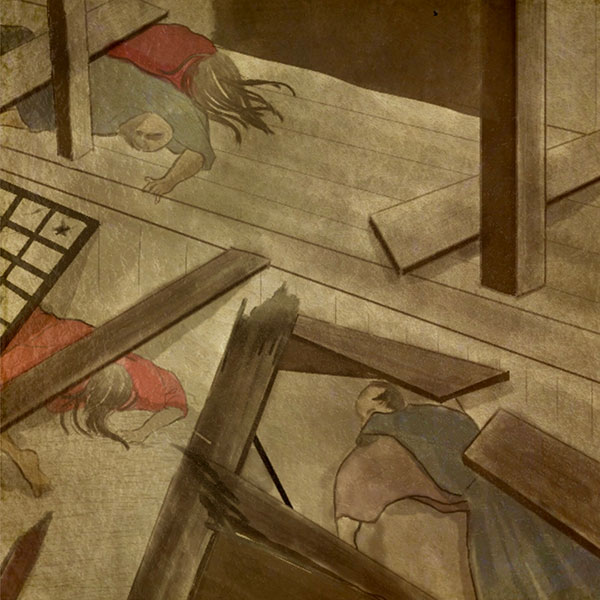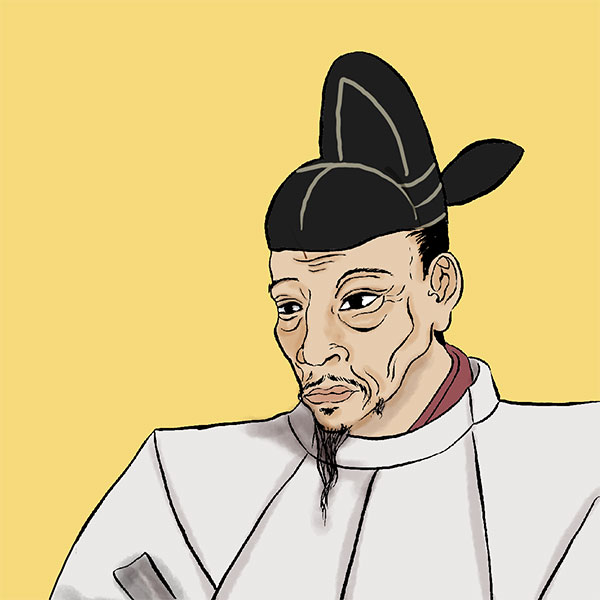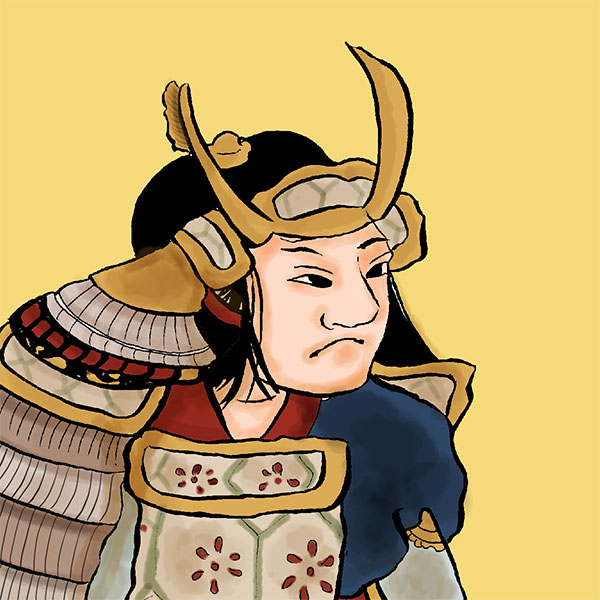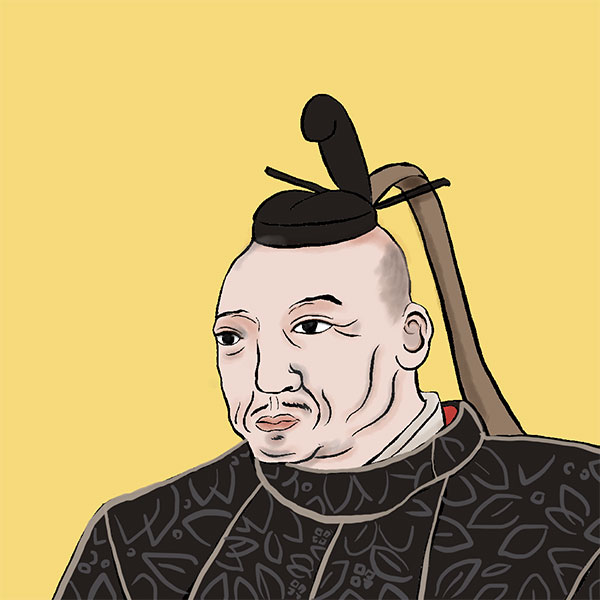Tensho Earthquake (2/2)The great disaster that caused Hideyoshi to give up on subjugating Ieyasu

Tensho Earthquake
- Article category
- case file
- Incident name
- Tensho Earthquake (1586)
- place
- Gifu prefecture, Toyama prefecture, Aichi prefecture, Mie prefecture
- Related castles, temples and shrines

Ogaki Castle

Kuwana Castle

Nagahama Castle
At the time of the earthquake, Kazutoyo was the lord of Nagahama Castle (Nagahama City, Shiga Prefecture), but on the day of the earthquake he was in Kyoto, where his wife Chiyo and only daughter Yone lived. Nagahama, which was close to the epicenter of the earthquake, suffered major damage due to liquefaction. According to the records of missionaries and others at the time, the castle town collapsed and a fire broke out, destroying half of the houses. Nagahama Castle was also almost completely destroyed.
Speaking of the Yamauchi family, Chiyo managed to survive, but Yone died after being crushed under a ridgepole that collapsed during the earthquake. I was only 6 years old. The Yamauchi couple were deeply saddened by the loss of their young daughter, and decided to convert to Zen Buddhism.
Massive damage from the Tensho Earthquake ③ Destruction of the Uchigashima clan
There are some entire clans that were wiped out by the Tensho Earthquake. That person is Mr. Uchigashima (Uchigashima) of Shirakawa-go, Okuhida. The head of the family at that time was Ujiri Uchigashima, the fifth generation, and the lord of Kiun Castle in Shirakawa Village.
Uchigashima Ujiri originally followed Sasa Narimasa under Oda Nobunaga, and sent reinforcements to Narimasa during the Battle of Toyama. However, Narimasa quickly surrendered to Hideyoshi, and Ujiri was in a pinch. Also, while Ujiri went to Etchu to help Narimasa, Nagachika Kanamori, ordered by Hideyoshi, invaded the Uchigashima territory and took control of most of the territory, as well as Kiun Castle. There have also been incidents of theft. Troubled, Ujiri informed Hideyoshi's surrender through Nagachika. As a result of the peace negotiations, Ujiri's life was saved and his family name and territory were secured.
This seems like a rather lenient punishment, but it is said that this was because Hideyoshi placed importance on the mines owned by the Uchigashima clan. There were many mines within the Uchigashima clan's territory, including the Yokotani Silver Mine, Tensei Gold Mine, and the Mitani-Miokawa Copper Mine, and the Uchigashima clan, with its advanced mining technology, was an important figure for the Toyotomi government. For this reason, Ujiri was supposed to play an active role as a subordinate of Nagachika, who was to rule Hida Province.
The fateful November 29th. This day was the day before a banquet was held to celebrate the relief of the territory and enjoy Noh performances. In addition to the Uchigashima clan, it is planned that the residents of the territory will also participate in the event. The Tensho Earthquake struck Kiun Castle and the people of the castle town, where Noh and sarugaku performers gathered and looked forward to the next day.
The earthquake caused the mountainside of Mt. Kiun, which towered behind the castle, to collapse all at once, and the resulting debris flow engulfed Unjo and the castle town. The people were buried in mud, and the Uchigashima clan and the people of the territory were wiped out. All of the 300 or so houses in the castle town were buried about 10 meters below the ground, and the castle town turned into a wasteland. Also, according to documents from the time, the flood occurred when a large river near the mountain was dammed. In this way, the Uchigashima clan collapsed in just one night and disappeared from history.
Hideyoshi and Ieyasu after the Tensho Earthquake
Toyotomi Hideyoshi, who suffered great damage from the Tensho Earthquake, drastically changed his response to Tokugawa Ieyasu. Instead of destroying them by force as they had done in the past, they decided to pacify them and make them their vassals. Nobuo Oda appeared as an intermediary there. A cease-fire agreement was established between the two sides to prevent war.
In addition, Hideyoshi decided to marry his younger sister Asahihime to Ieyasu as a countermeasure against Ieyasu. In order to have a political marriage, Princess Asahi was forcibly separated from her husband, a military commander, and in May, she was made to marry Ieyasu as his legal wife. Furthermore, in September, he sent his mother, Omandokoro, to Ieyasu as a hostage, strongly urging Ieyasu to go to Kyoto. As a result of these efforts, Ieyasu had an audience with Hideyoshi at Osaka Castle on October 27 of the same year and swore his servitude.
And then to the Fushimi earthquake
The scars from the Tensho Earthquake have faded, and Japan has become calmer due to Toyotomi Hideyoshi's unification. However, in the midst of all this, another major earthquake hits Hideyoshi. This was the Fushimi Earthquake, which occurred in the middle of the night on July 13, 1596 (September 5, 1596), and caused the castle tower of Fushimi Castle to collapse.
The Fushimi Earthquake is an earthquake with an epicenter in the Kinai region centered on Kyoto, and is estimated to have a magnitude of around 7.5. Many shrines and temples in Kyoto have been damaged, and the Great Buddha of Kyoto, which Hideyoshi is building at Hokoji Temple, has collapsed. It appears that liquefaction occurred in Osaka, Sakai, and Kobe, causing damage such as the collapse of houses. More than 1,000 people died in this earthquake, and some say that as many as 5,000 emissaries were dispatched, and the aftershocks continued for a long time.
Speaking of Fushimi Castle, where Hideyoshi was at the time, the castle tower and gates collapsed, and the palace and turret were also damaged. Hideyoshi ran out into the garden with Hideyori in his arms and somehow survived, spending the night in the kitchen before evacuating to Mt. Kobata.
In fact, while Hideyoshi was building Fushimi Castle, he wrote a letter saying, ``Please take note of the importance of the construction of Fushimi.'' In other words, when constructing Fushimi Castle, it was important to take precautions against earthquakes, also known as ``catfish.'' However, in the end, they were unable to overcome the earthquake, and Fushimi Castle suffered major damage, and Hideyoshi was forced to live a life affected by the disaster.
Hideyoshi began rebuilding Fushimi Castle the day after the disaster, ordering it to be ``rebuilt as something even more luxurious.'' This is because Fushimi Castle had changed from its original retirement to a castle that served as a guesthouse for receiving envoys from the Ming Dynasty. However, the construction of Fushimi Castle was not only a financial burden, but also a considerable burden on the people. Furthermore, Hideyoshi forced the second military dispatch to Korea after the earthquake, but this too turned into a war of attrition and the military commanders became dissatisfied. Hideyoshi's mismanagement after the earthquake would later lead to the decline of the Toyotomi government.
Reread the article about the Tensho Earthquake

- WriterNaoko Kurimoto(Writer)I am a former travel industry magazine reporter. I have loved history, both Japanese and world history, since I was a child. I usually enjoy visiting temples and shrines, especially shrines, and often do ``pilgrimages to sacred places'' themed around historical figures. My favorite military commander is Ishida Mitsunari, my favorite castle is Kumamoto Castle, and my favorite castle ruins is Hagi Castle. My heart flutters when I see the ruins of battle castles and the stone walls of castle ruins.









